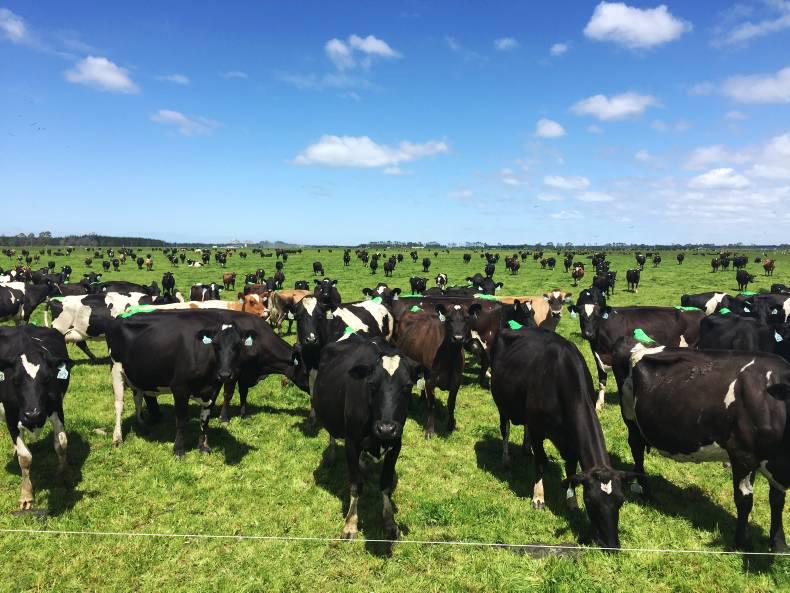Future growth: On the dairy pages this week (P30-31), we look at how a New Zealand farm manager purchased part of the herd on the farm he was working on and leased them back to the farm owner. The leasing charge paid for the interest, while his income and stock sales paid off the capital on the loan. After a few years, he had the debt paid off and used his equity in the stock to buy into the farm. Say what you will about the New Zealand dairy industry, but it has an excellent track record in promoting, empowering and giving opportunities to the best young people. The biggest challenge for our industry is not milk price or access to land or credit – it is a shortage of skilled people to run dairy farms, whether in conjunction with others or on the family farm. All young people must be shown the opportunities that exist in dairy farming while in school, they need to be properly educated after school and they need to be given responsibility for stock and money at a young age. If the practice of reluctantly handing over control of farms at 35 to 40 years of age continues, then our industry is in serious trouble. Work practices need to change, but young people must also be willing to travel and work elsewhere after college to get experience, take risks and grasp opportunities.
Bulls: Bulls have gone out with cows in many herds. Some have been out for more than three weeks, so keep an eye on repeats which may signal an issue with the bull’s fertility status. If in doubt, get the bull fertility tested. Watch for signs of lameness and treat early – bulls that are lame will be sub-fertile. Try to limit the amount of walking bulls have to do. I know some farmers manage to train the bulls to stay in the field – probably easier where there are a few bulls in with the herd. In large herds where there is more walking, rest days are important, so rotate bulls, giving them one day off for every day on. This gives them a chance to recuperate and keeps them fresh and hungry for work. Obviously, safety is paramount, especially towards the end of the breeding season when bulling activity decreases and bulls tend to get more aggressive.
Grass: Grass growth rates continue to stay high and maintaining quality is a challenge. The last few weeks have been some of the most difficult in memory to manage grass and, needless to say, mistakes were made by almost everyone. After all the rain over the last few days and with higher than normal soil temperatures, it’s hard to see growth rates falling sharply any time soon. The lessons over the past few weeks have been that those who walk and measure regularly made the best decisions. Measuring round length is as good an indicator as any. Calculate how much area the cows are grazing per day. For example, if the herd is getting three grazings in a 2ha paddock, they are grazing 1.33ha per day (2ha divided by 1.5). Divide 1.33 into total grazeable area to work out rotation length. It should not be any longer than 21 days at present.






 This is a subscriber-only article
This is a subscriber-only article










SHARING OPTIONS: